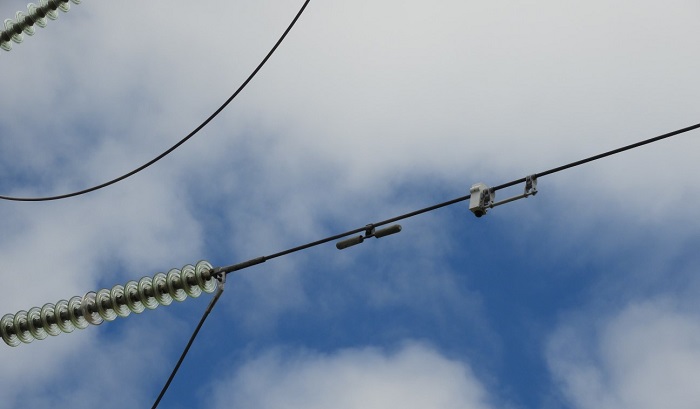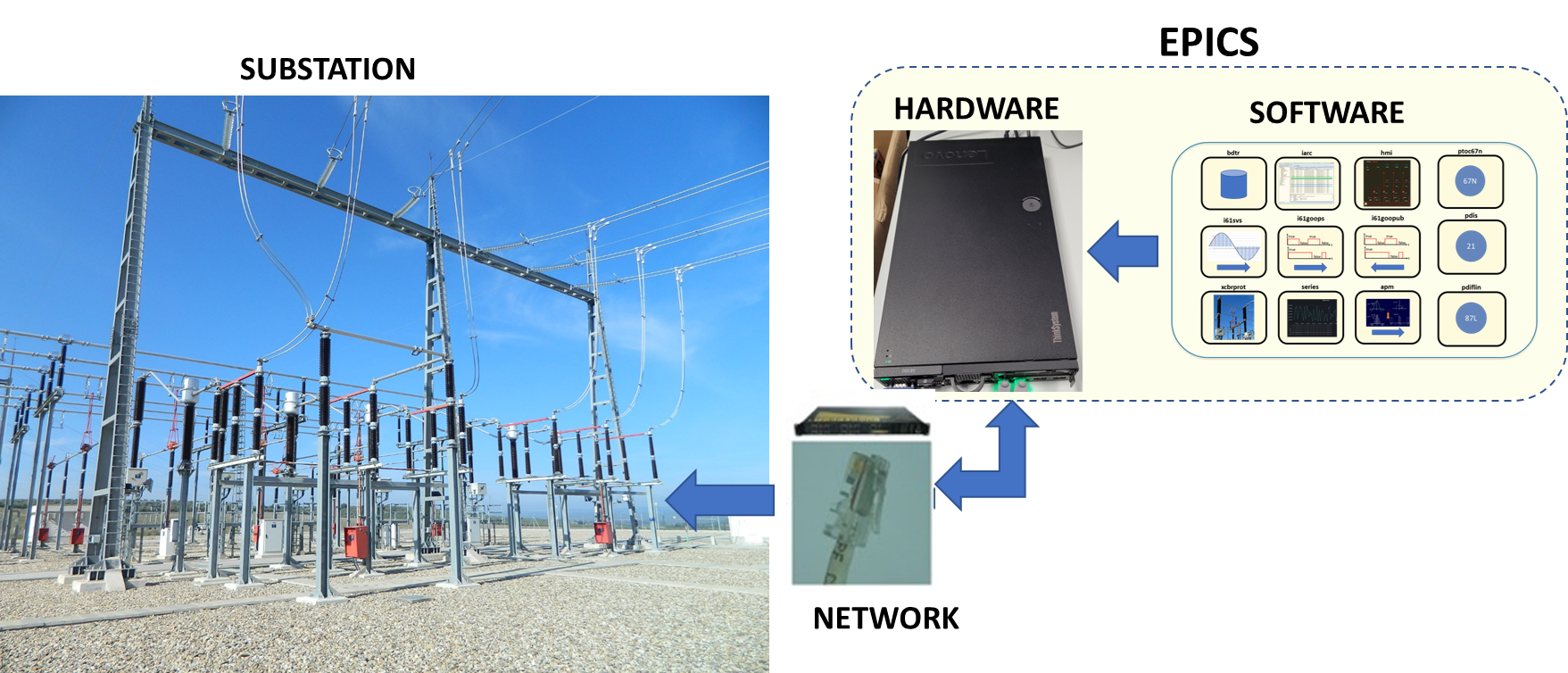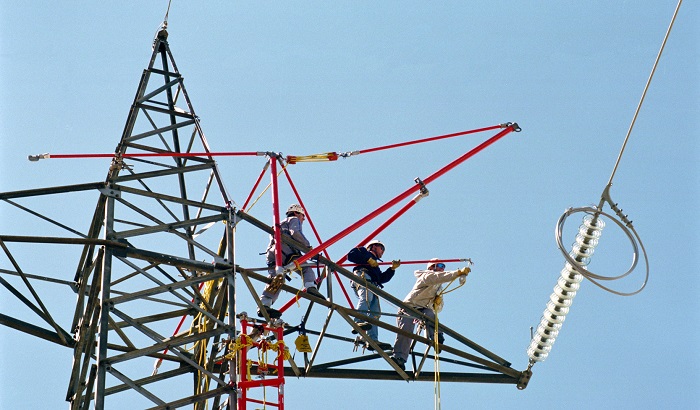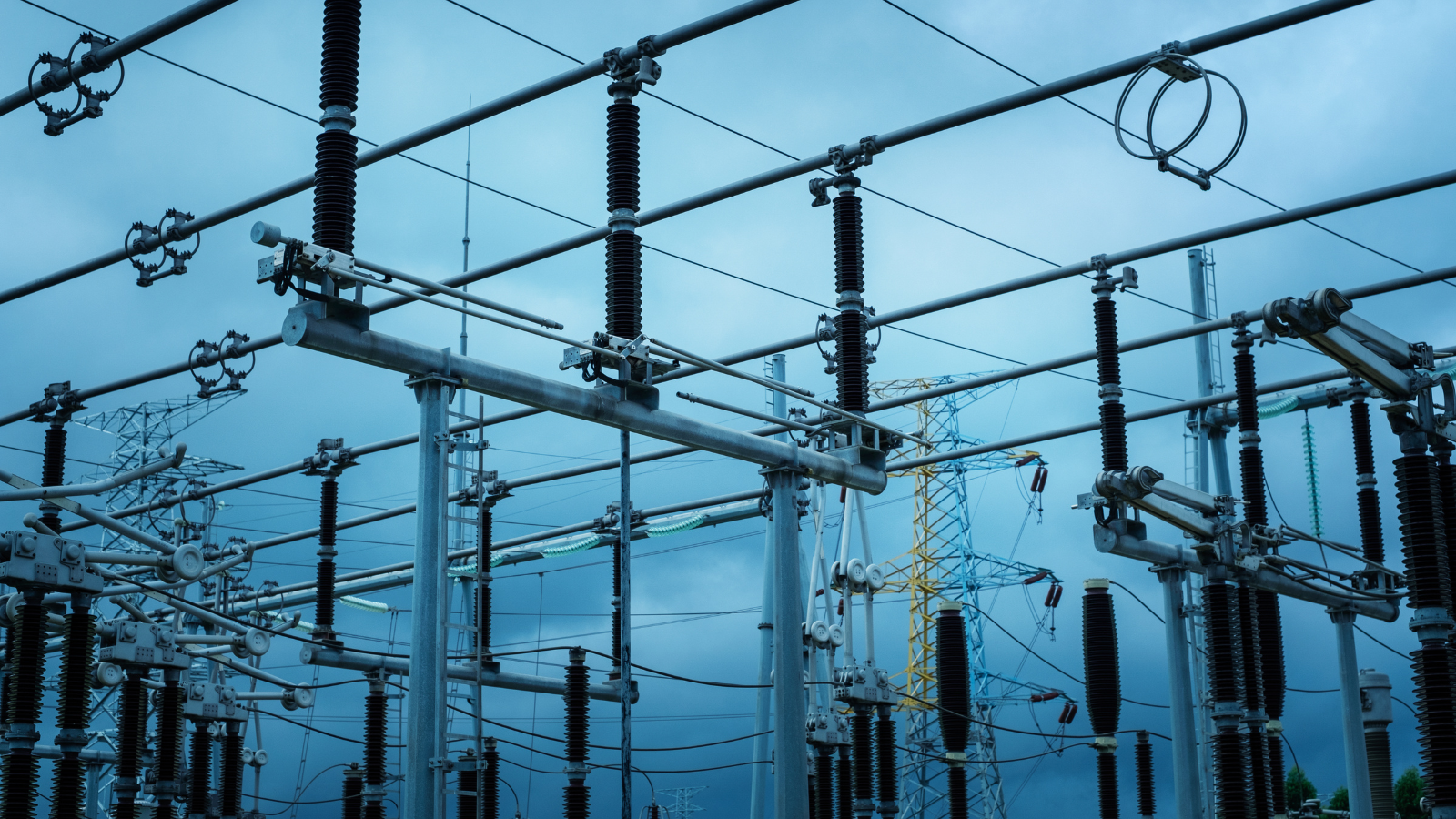Big Data is the work related to massive data analysis. A quantity, so vast, that traditional processing software applications cannot capture, process and add value in a feasible amount of time. Likewise, this very same term refers to new technologies that make data storage and processing possible, as well as the use that is made of it.

Optimize system operation and increase reliability and flexibility of the grid
Active

The project aims to develop a transmission grid based on local and remote monitoring and sensors, operating with transmission categories calculated in real time. These capacities are calculated using a thermal model of the line and data obtained from the monitoring of immediate atmospheric conditions and/or the physical parameters of the installation along its full length. This will enable us to access the capacity that has so far been blocked by the circuits, giving us better knowledge of their real conditions. The result is more flexible and safer operations.
Identify needs and design.
Implementation.
Validation.
Consolidation and expansion.
To optimise activities and transversal processes
Active

Implementation of Process Mining for the analysis and identification of inefficiencies such as bottlenecks, degree of automation, rejections, approval flow times, and opportunities to optimise the business processes of the company. The incubation project will test different Process Mining tools and will design and optimise the application flow of this type of techniques in corporate processes.
Objective: To optimise business processes in the sales/purchasing areas in order to reduce costs.
To implement the process mining technique/technology in Red Eléctrica as another service within the DTI portfolio.
To optimise system operation and increase network flexibility and resilience
Active

At #Elewit, together with Accenture, we are developing a pilot project to predict the capacity of lines in future time horizons, as the calculation and prediction of the capacity of overhead electricity lines (DLR) is key, among other things, to improve the safety of the lines, to minimise the damage caused by breakdowns and failures and to contribute to guaranteeing supply and the balance between demand and generation.
• To improve the accuracy and extend the models developed by Red Eléctrica for the prediction of meteorological variables
• To implement the different algorithms, sending the predictions to other Red Eléctrica systems
• Systematic evaluation of their operation and continuous monitoring of their accuracy
Optimize system operation and increase reliability and flexibility of the grid
Completed

Current automatic substation systems are distributed systems in which the software is associated with specific hardware. Therefore, the possibility of innovating with new algorithms is conditioned by the existing software-hardware assemblies.
Through this project, we intend to create an executable software platform on general hardware platforms, applying Edge technology concepts and microservices, creating a virtualised environment capable of implementing the functions of the automatic substation system and with a high capacity for integrating new functions into the system.
Project carried out together with partners NEARBY Computing, CIRCE, ZIV Automation, Indizen and INDRA-Minsait.
Definition of a MVP for one bay sub-station automation system.
Scaling up of the MVP for a complete sub-station.
Validation of the PMV developed in a real conditioned environment.
To optimise system operation and increase network flexibility and resilience
Active

Its goal is to see the real level of small-scale self-supply (P <1MW) because there is no plan for real-time measurements or metering for the amount generated. The information, however, is available in the IoT and the cloud. The platform makes monitoring possible in real time, enabling us to estimate production in the system and to make forecasts.
Minimum Viable Product: platform created and integrated with data from manufacturers of inverters (registration and collection of data) and self-supply assets. Enable operations in real time and issue self-supply certificates.
Self-consumption platform with generation data from different self-consumers' facilities
Increase employees safety and wellness
Active

This project is intended to ensure the safety of people and facilities in discharge operations, removing situations of risk for operators associated with their work in protected zones and accompanying tasks, as part of the Red Eléctrica Group’s strategic goal of “zero accidents”.
Minimum Viable Product: basic offline implementation (without integrations) and operations.
Satisfaction survey.
To improve network development and asset management efficiency
Active

Strategos is a calculation tool that enables the optimisation of the portfolio of investment projects for the development and maintenance of the electricity transmission network. Through the implementation of Machine Learning techniques and Redeia's own know-how, the tool optimises decision-making when executing a set of investment projects.
In addition, it allows to simulate and estimate the risks associated with the implementation of projects, thus helping decision-making.
Project portfolio optimisation and simulation tool
Operating electricity system and integrating renewable energy sources
Active

Barbara is developing a tool based on edge computing to obtain a real-time representation of the status of different elements at an electricity substation when an incident occurs (typically a short circuit). Therefore, technicians will be able to access the data for both monitoring and analysis more quickly than they can now.
Edge computing is a type of on-site computing that relies on collecting and processing data from the hardware itself rather than sending it to the cloud or somewhere else for analysis, as do most IoT-based systems (Internet of Things), which are more passive in nature.
Phase I: Successfully passed laboratory tests.
Phase II: In the process of validating its use in relevant environments in order to study its implementation at Red Eléctrica.
• Improved system reliability: by identifying the causes of a trip, measures can be taken to prevent future faults and improve the reliability of the entire electricity system.
• Predictive grid maintenance: by analysing trips, maintenance strategies can be implemented on components before faults occur.
• Optimisation of substation operation: the information provided by trip analyses can be used to optimise substation operation and improve the efficiency of power transmission and distribution.
Operating the electrical system and integration of renewable sources
Active

The inter-area oscillation damping project is taking advantage of the boost in artificial intelligence and, more specifically, machine learning, to develop software which is capable of conducting efficient predictive analysis.
Studying the viability of implementing a new algorithm to calculate damping and the influence of variables and its potential implementation in software tools, with the aim of providing highly important information to operators about the contribution of grid components connected at any time to the damping. As a result, this will allow manual calculations to be carried out by technicians, as well as offer predictions made by AI, and allow real accumulated errors to be monitored.